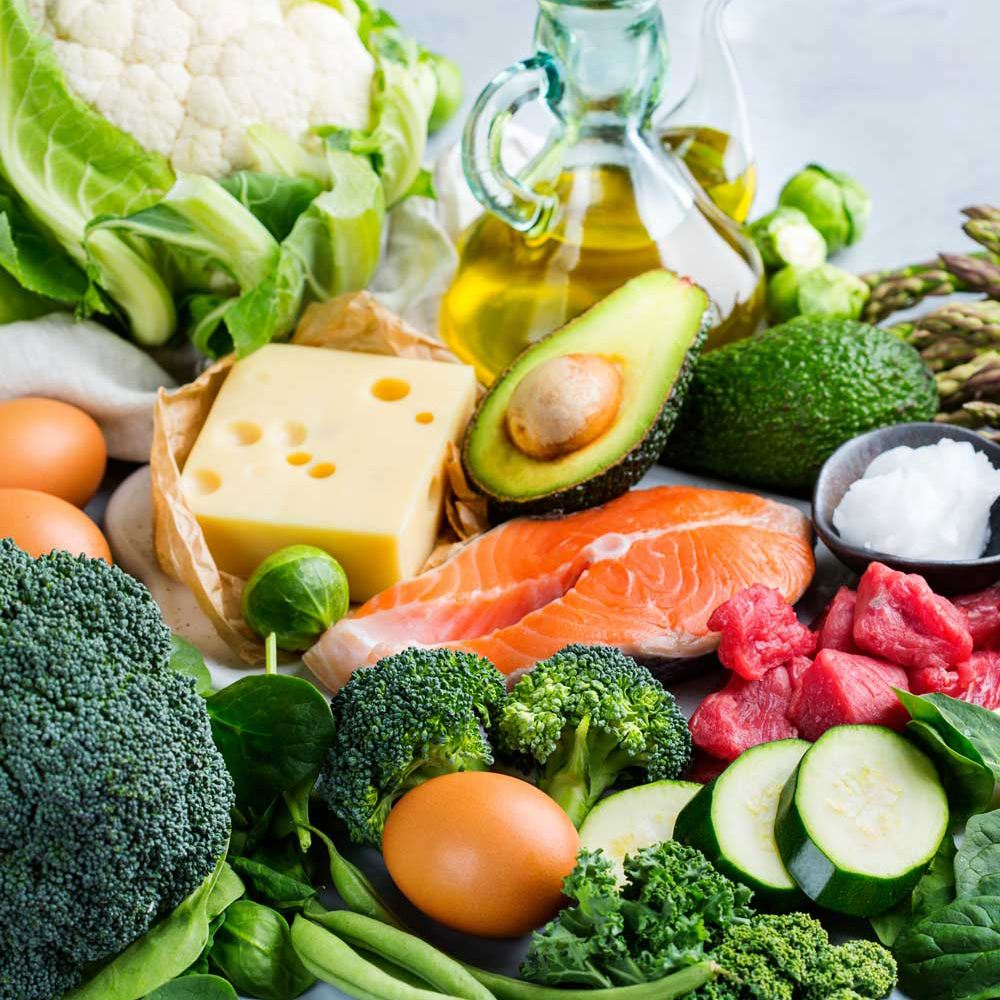Ketogenic diet (very low carb diet)

This type of plan, also known as a “keto plan”, is characterized by a very low intake of carbohydrates (10% of our total energy source). Let's remember that these are the main fuel of the body and when there is a restriction, the body uses fats as a primary source, which produce ketones as waste (hence the name).
A ketogenic plan restricts the consumption of cereals (potatoes, tortillas, rice, pasta, bolillo, commercial cereals), desserts, sweets, sugars (honey, milk caramel, sugar), alcohol, dairy products with sugar, fruits, legumes (beans, lentils, beans, peas) and even personal cleaning items that contain sugar (mouthwashes and toothpastes).
What can be consumed, in established amounts, are eggs, meat, shellfish, fish, cooking oil, margarine, sweeteners, sugar-free jellies, vegetables (limiting carrots and jicama), nuts, almonds, pistachios.
In recent years it has been promoted a lot, since among its benefits are rapid weight loss, satiety (it is high in protein), and control of blood sugar and triglyceride levels.
The reality is that ketones have been involved in the control of epileptic seizures, and the positive results will depend on the presence of these at certain levels in blood and urine.
However, it is not recommended for long periods of time, nor for all people, since this diet has secondary symptoms such as: extreme tiredness, anxiety, dizziness, intense headaches, constipation, hypovitaminosis, reactive hypoglycemia (low blood sugar levels after eating) and possible rebound effect if not monitored by a professional.
That is why if you plan to try a keto plan, consult your nutritionist and family doctor so that they can tell you and explain if you are a candidate or not.
- LN. Meredith Colín